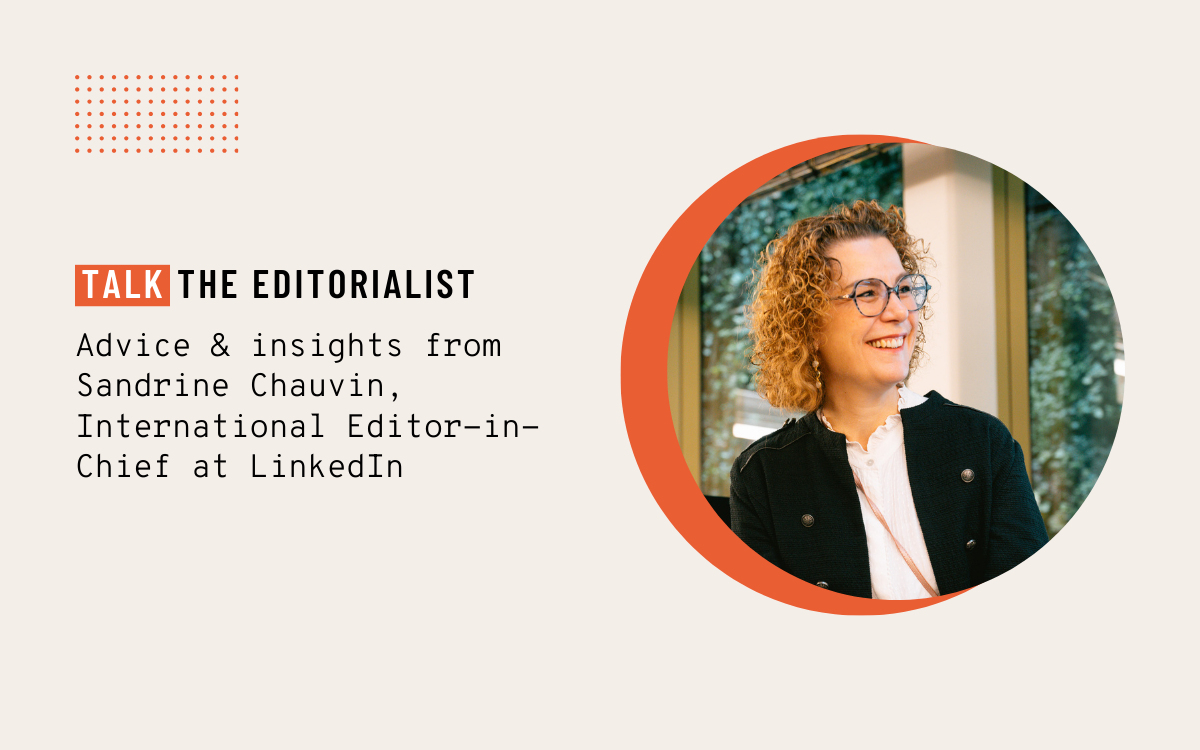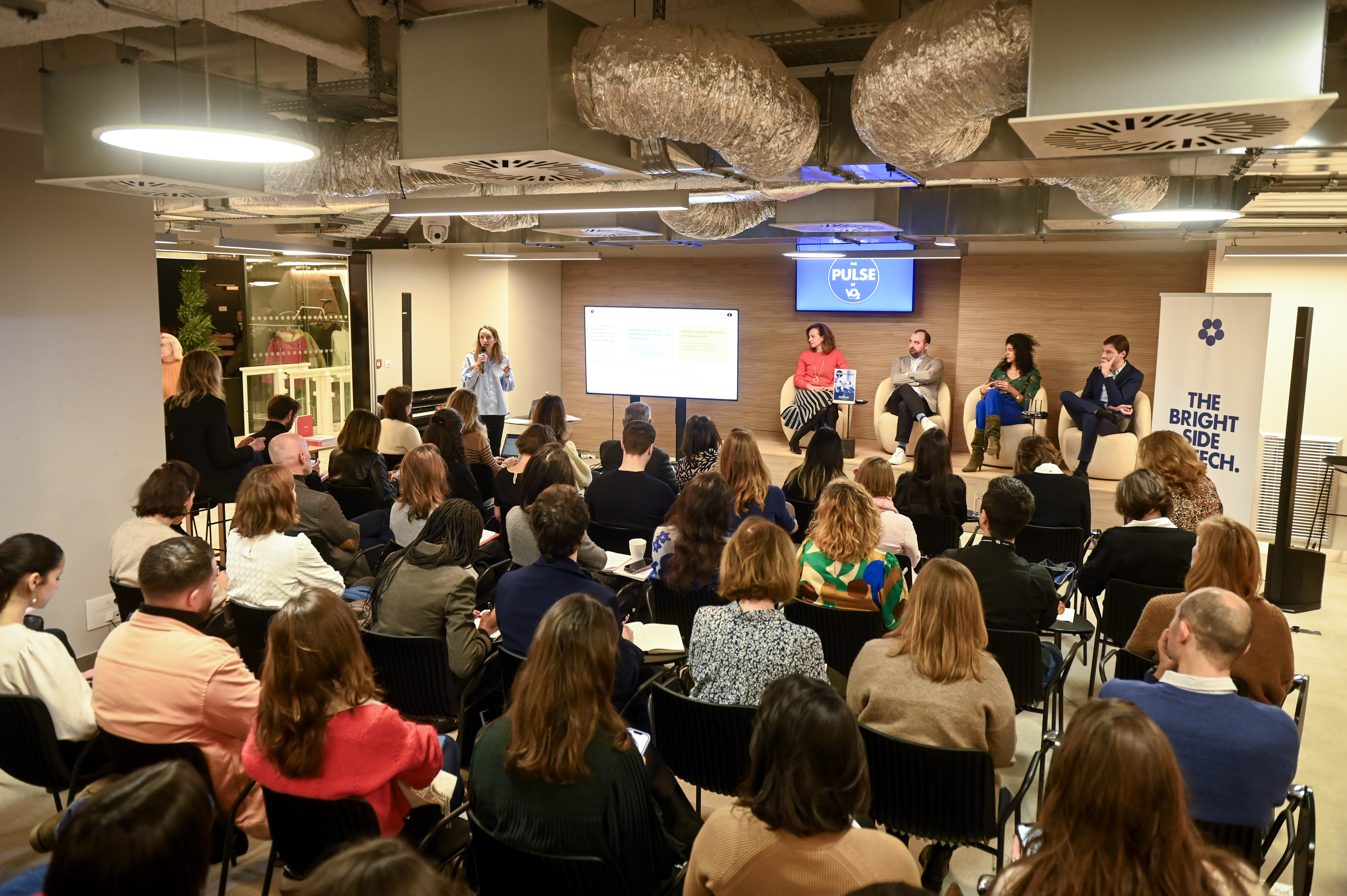The CSR report: a tool to drive engagement and showcase impacts
The Editorialist: What challenges are involved in designing a CSR report for a firm like Ergon Capital, and for private equity firms more generally? When and why did you decide to create a CSR report? What steps did you go through first? Who are your target audiences?
Patrick Gavoty: As a private equity firm, we want to show through our report that we are building CSR considerations into our investment choices and the support that we provide to investee companies. Within our industry, players are picking up the pace on CSR, so another key issue for Ergon Capital, with a report such as the one we just released, is to demonstrate that we are not merely greenwashing, but engaged in an honest, structural approach that is deep-rooted and impactful.
We did not feel it was appropriate to publish a CSR report until we had enough projects and initiatives to spotlight. We want them to inspire our audiences, be they current and potential investors and investee companies, other investment funds and the wider public.
T.E.: What is actually in your CSR report, and how is it shared? What communication highlights did you build around the document to maximise its reach?
P.G.: The report broaches CSR at Ergon Capital from several angles. It begins by describing Ergon’s CSR organisational structure, sets out our environmental, social and governance priority areas, and gives real-life examples from the companies that we support to illustrate our convictions and objectives.
We shared it through a CSR newsletter that we plan to publish quarterly. The idea is to supplement the initial report by highlighting selected content items in specific LinkedIn communications to ensure that the report is a living document throughout the year.
T.E.: How important is graphic design to this kind of publication, and how did The Editorialist’s teams help you with the graphic and multimedia creation side?
P.G.: Graphic design and the steps we take to showcase our initiatives and approach more generally play an essential role in encouraging investors, company executives or other investment fund teams to read our report or a LinkedIn publication. The Editorialist’s graphic design work also addresses the educational component that is required of the report. Results must be easily understandable, and always informed by the aim of highlighting our impact while steering clear of greenwashing. These are skills that you cannot do without when designing this type of report, and we simply don’t have them in house.
T.E.: What were the main complexities involved in publishing this report? How did The Editorialist help you to tackle them?
P.G.: We got positive feedback on the report. The keywords to come out were “professional” and “impactful”. “Professional”, because expectations were fairly high for the ESG theme, consistent with the standards that we keep in all other areas where we operate within our portfolio companies, and the report delivered on that front, in terms of both form and content. And “impactful”, as the report conveyed the overall sense that we are definitely not greenwashing and that there is a genuine deeply held determination to nurture real initiatives not only within our investee companies but also within Ergon Capital. Next year, we are planning a report that is more KPI-focused, to show that our initiatives continue to have an impact.





